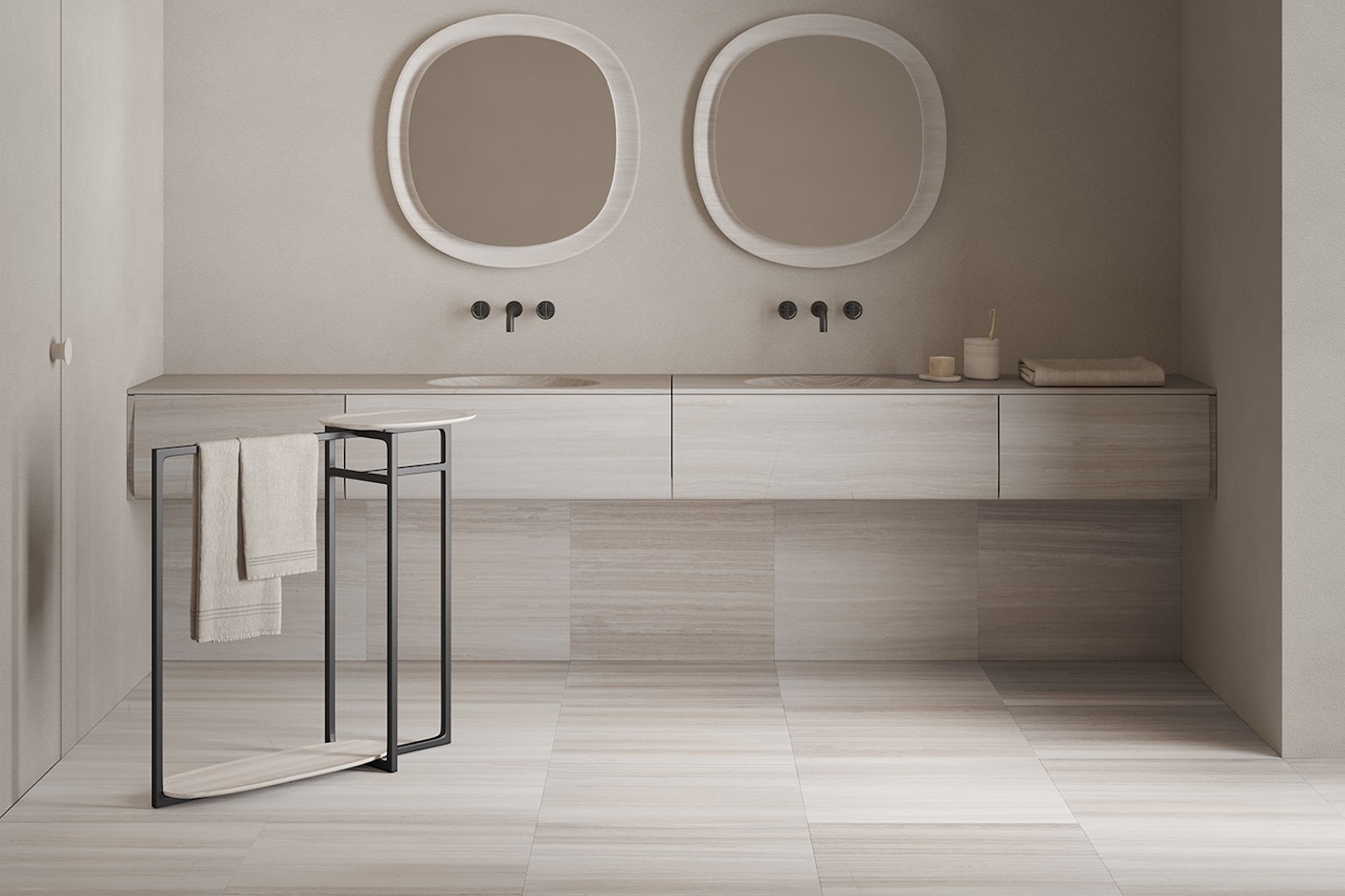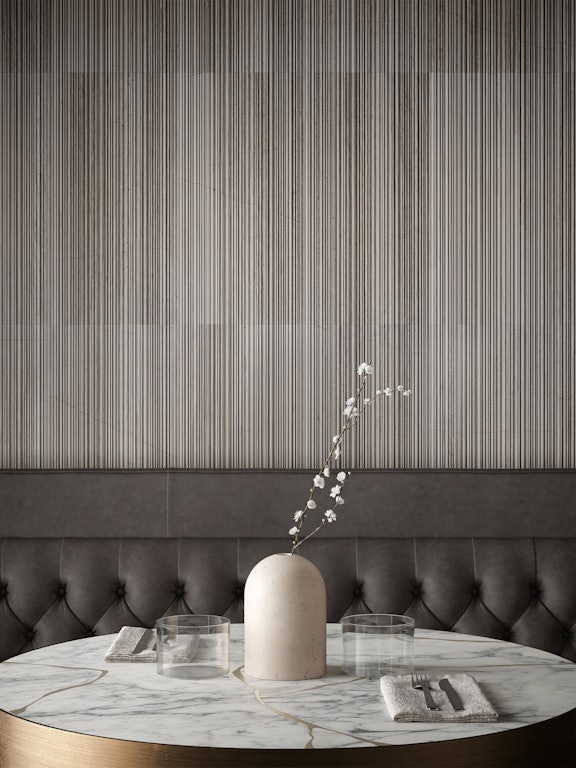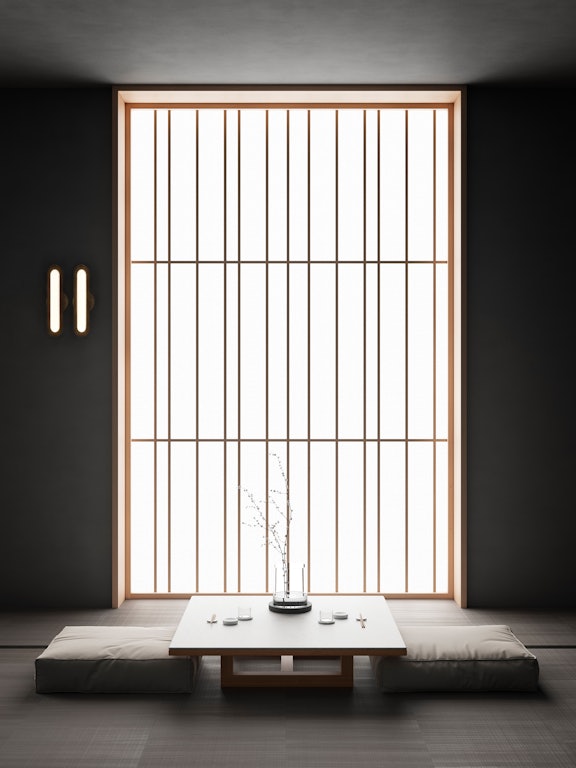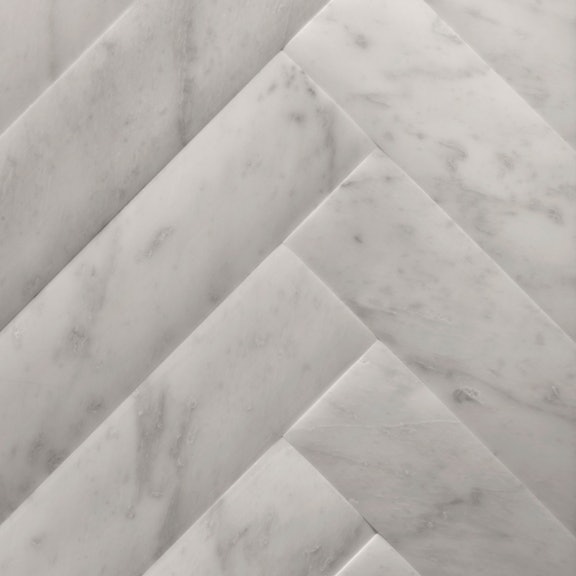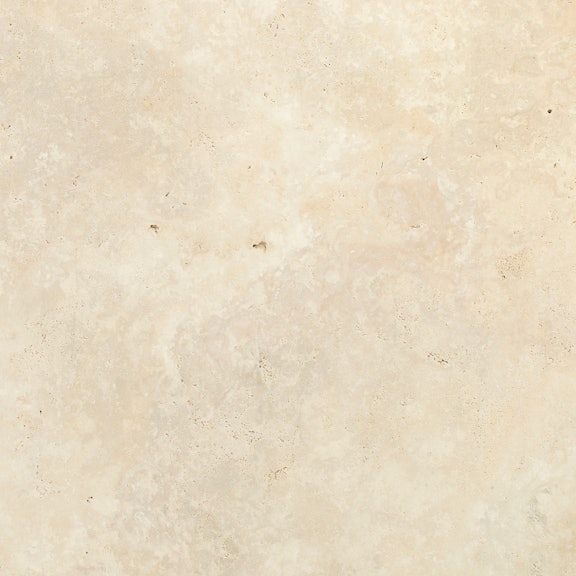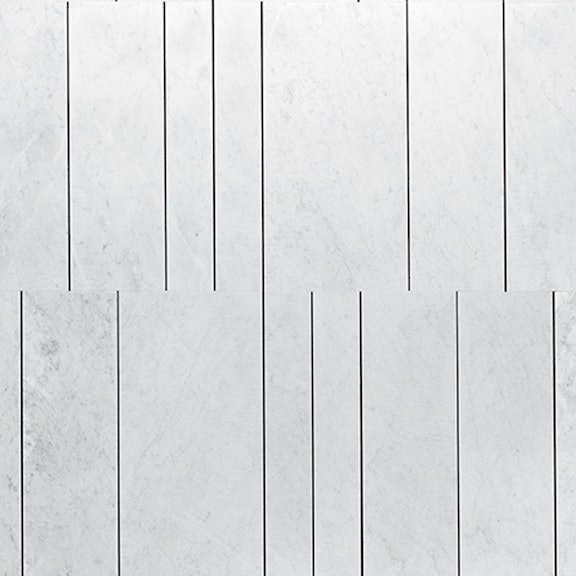How to choose the perfect flooring
03.2022
Choosing the best flooring for your home can be challenging, but we’ve put together a simple guide and a look at 3 of the most popular solutions
How to choose the perfect flooring for your home
When you’re planning the interior décor of your home, and trying to decide on materials and colours, it’s hard to know where to begin, but there is a very simple piece of advice to follow: start from the floor, upwards. Whatever you choose has longterm ramifications because while not impossible, it is not easy to change your floor at a later date so making the right choice right from the beginning is crucial.
There are a number of factors to consider, both on the aesthetic and functional sides, and we’ve put together a guide to help you choose the best floors for your home, with a look at the 3 most common types of flooring.
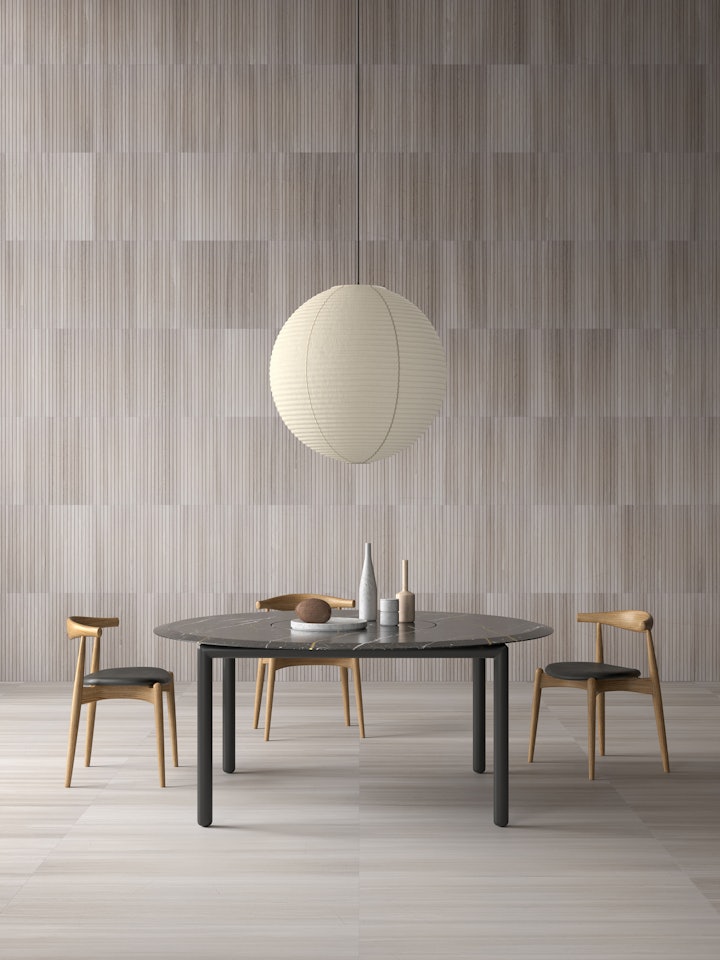
The same flooring throughout the house or a combination?
The first aspect to think about when deciding on flooring for your home is whether you want to have the same type of floor throughout the entire house or mix it up. A uniform approach has 3 important benefits:
- Aesthetics
- Ease of maintenance
- A more streamlined installation
The first thing we would point out is that if you have the same type of flooring in every room of the house, it makes a striking impact in terms of aesthetics because it creates a sense of coherence and fluidity, reducing visual barriers. This is a modern, elegant approach that is also efficient when it comes to cleaning as you don’t need to change equipment and materials from room to room.
It’s also worth noting that if you are only installing one type of flooring in the whole house, the laying process will inevitably be far quicker.
Depending on the predominant type of flooring you choose, however, you may decide that it is not appropriate for certain rooms in the house, for example the bathroom and kitchen, both of which are often exposed to more rigorous wear and tear, or have particular requirements such as needing to withstand water. That said, however, if you choose an elegant and hardwearing material that is suitable for any type of space, you can enjoy all the advantages of having the same flooring everywhere in your home.
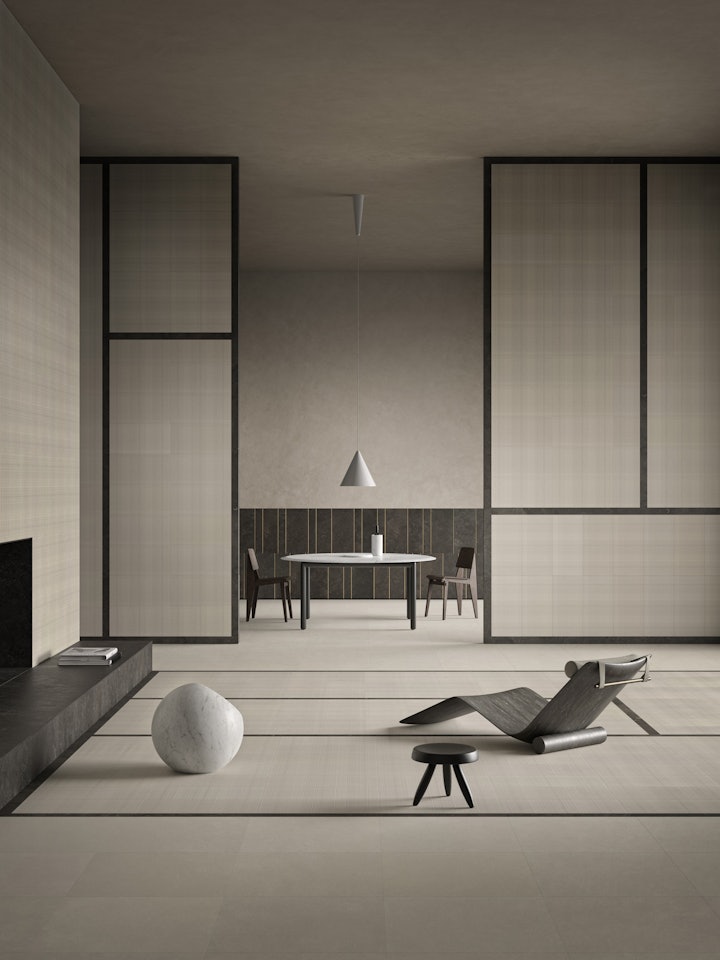
Choosing the type of flooring material for your home
Once you’ve decided whether you will opt for uniform flooring or a combination, the next thing is to choose your material. While looks are obviously important, you should also think about quality and durability because, as we pointed out above, flooring is not something you generally change every few years.
Wood is undoubtably a beautiful material for floors, however it is easily scratched and requires considerable maintenance. On the other side, ceramic tiles are easy to look after as they are hardwearing, but they don’t deliver quite the same aesthetic.
The good news is that there is a material that is tough, easy to look after and lovely to look at. We are talking about natural stone, unsurprisingly a popular option for interiors and exteriors alike. After all, it has been used for hundreds, even thousands of years, prized for its extraordinary, timeless beauty and capacity to stand up to footfall and the elements.
We have been working with this wonderful natural material for seven decades, designing innovative textures such as Lithoverde® and Stone Tatami, always with the goal of helping create gorgeous and hardwearing environments, from bedroom to bathroom, from kitchen to living room, from hallway to outdoor spaces.
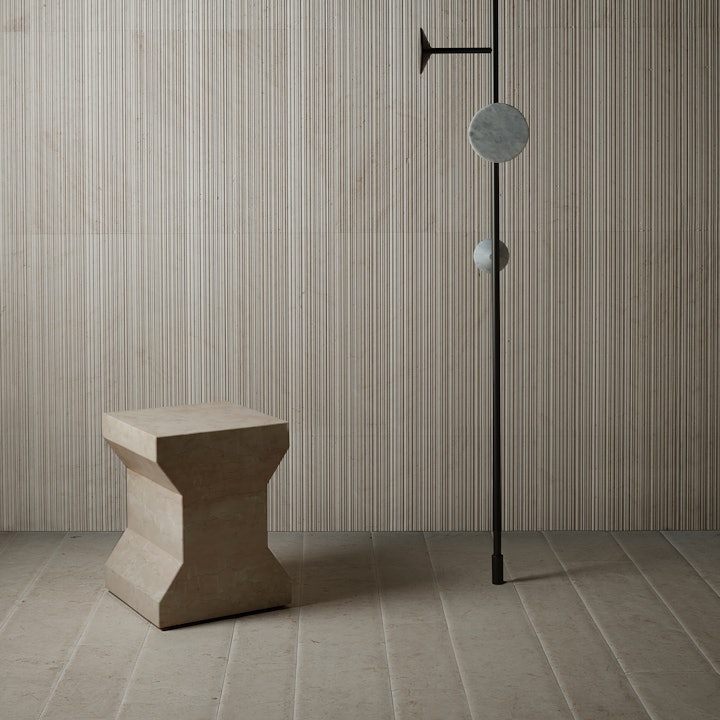
Choosing the right tile size
Another key decision to make if you have chosen tiles is their size and the wrong choice here can completely distort the look you were hoping to achieve.
Intuitively, you might think that tile size should be aligned with that of the room, ie small tiles for a small room and larger formats for larger rooms, however this is not always the case. The choice comes down to a mix of personal taste and the style you want to create.
Bigger floor tiles, for example, are ideal if you are aiming for a modern look, whereas in a more classic style home, smaller tiles will generally work better. Because there is no “one size fits all” solution, many of our textures are available in a choice of dimensions, suitable for all tastes and styles.
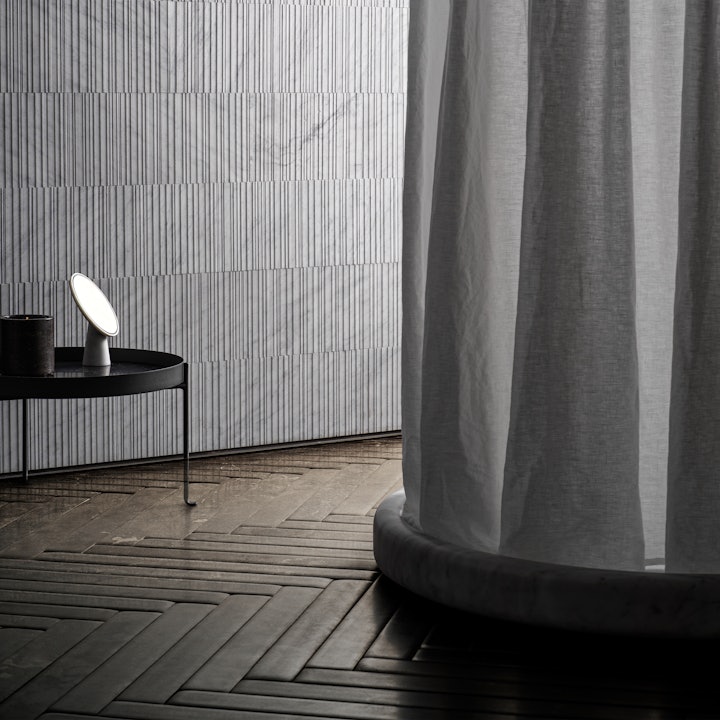
The 3 most common types of floor colour
Last, but of course not least, we come to the colour of your flooring and here we can say that in general, this will fall into 3 broad categories:
- Pale flooring
- Dark flooring
- Wood-effect flooring
As colours have an incredible capacity to alter our perception of space, each of these brings their own particular look and feel to a room. Let’s take a look at each of these in a little more detail and see how the theory works in practice with an example of each.
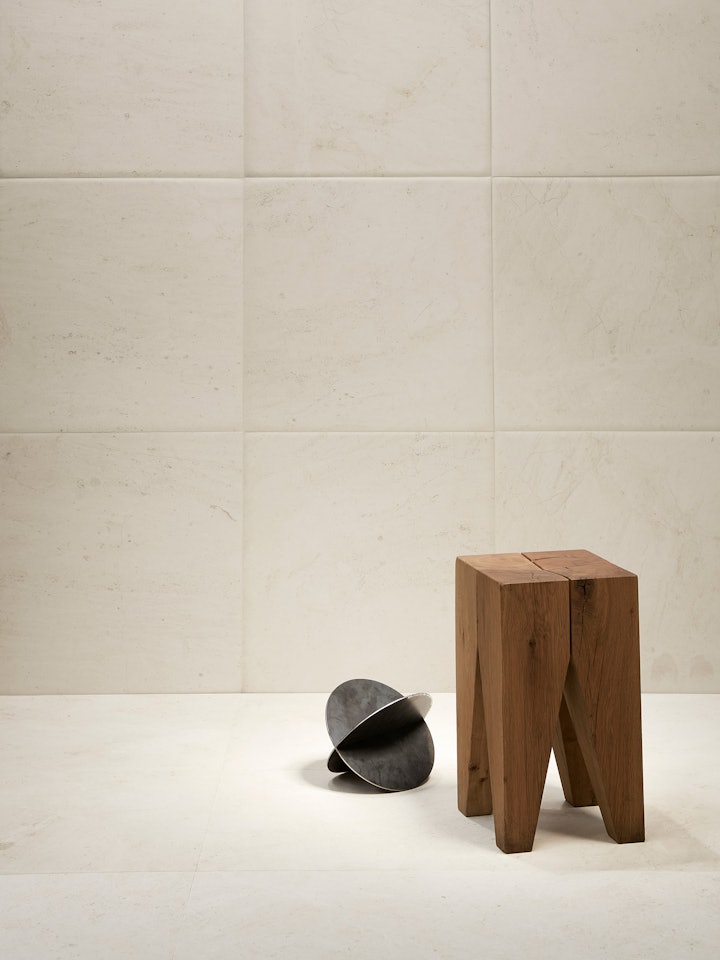
Pale-coloured flooring
A light-coloured floor is perhaps the most common solution in homes, and for good reason, as paler shades have a number of advantages.
First and foremost, a white, cream of beige floor creates a sense of lightness and airiness in any type of room, no matter the size or layout. This makes it a particular suitable option for smaller or poorly-lit spaces.
Pale floors also help transmit a sensation of tidiness and cleanliness, making an environment appear less cluttered, which is one of the reasons white is such a predominant choice when it comes to bathroom colour schemes. Stones such as Bianco Carrara marble, Crema d’Orcia limestone and Light Travertine are perfect if you are thinking about a light-coloured floor solution.
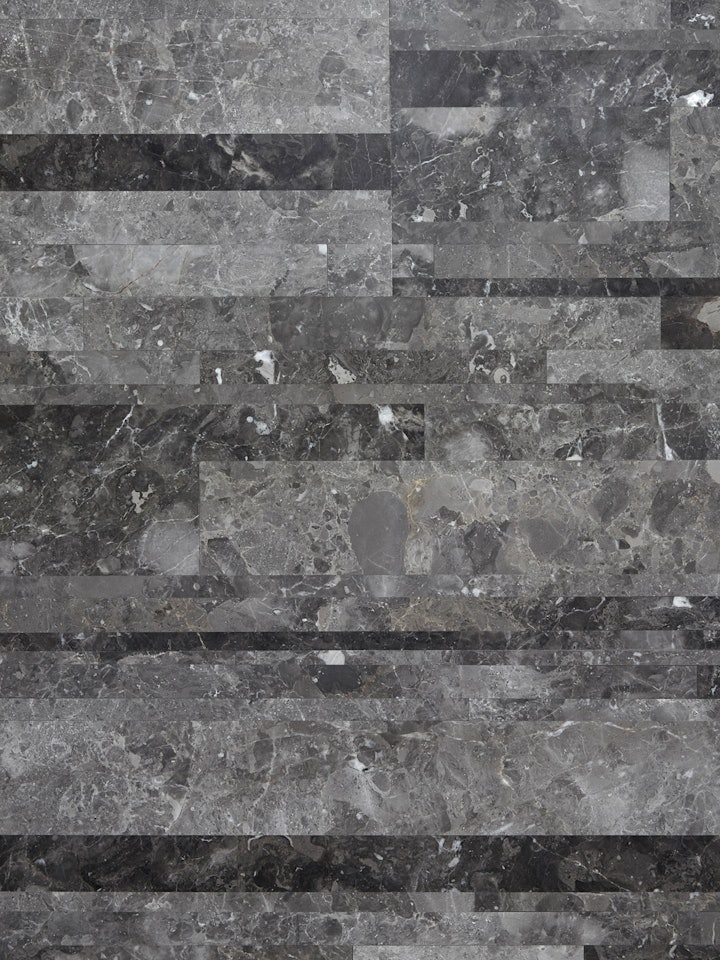
Dark flooring
Among popular interior design trends is an appreciation for dark flooring, right through the house, including the bathroom, where dark colour schemes can be truly striking and are a great way to introduce character and impact to a home.
Something to keep in mind, however, is that black, brown or dark grey floors can tend to make spaces look smaller which is why generally they are best installed in larger areas, especially if you want to create some sense of definition or structure.
If the dark side appeals, we would suggest our Pietra d’Avola, a lovely rich chocolatey brown limestone, or Gris du Marais®, an elegant dappled brown-grey marble.
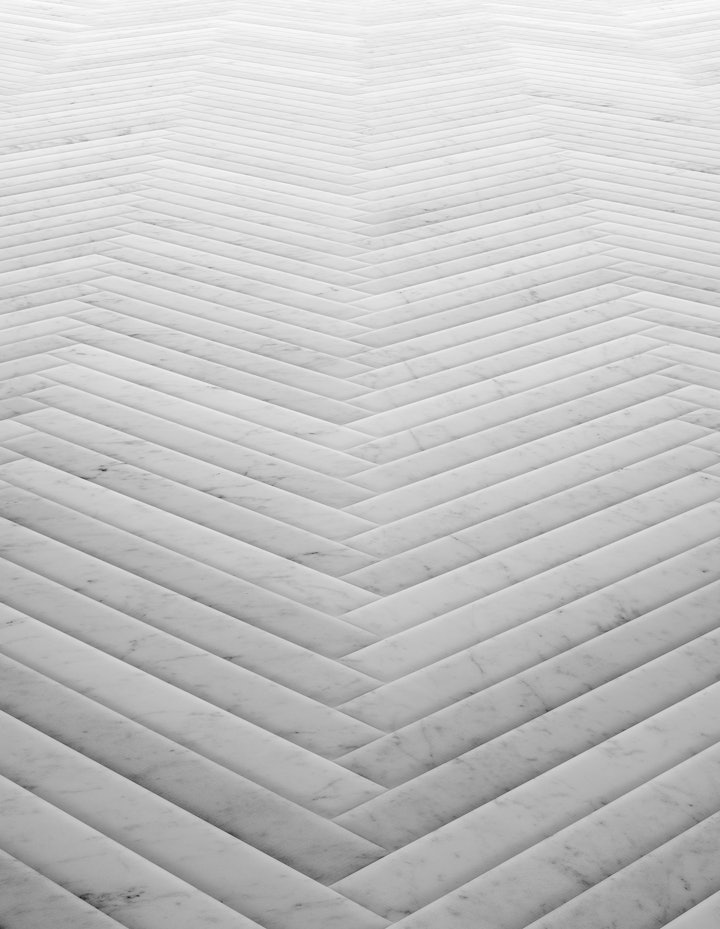
Wood-effect flooring
As we wrote above, wooden parquet is much-loved for its elegance and warmth, but on the downside, it is not particularly robust and is not suitable for all rooms of the house, for example the bathroom. If this is a look you love, but are concerned about looking after it, the solution could be to opt for a stone interpretation of this lovely material.
Our Stone Parquet was created exactly for this reason, and is, quite simply, a reinterpretation of wood, but in hardwearing natural stone in a variety of colours from cool white to deep dark brown.
Whether you choose to lay it in a staggered or herringbone pattern, this innovative yet classic texture is uncannily close to the real thing, with the advantage that it can be installed anywhere, including the kitchen and bathroom, without the constant worry that it will be ruined by daily usage.
